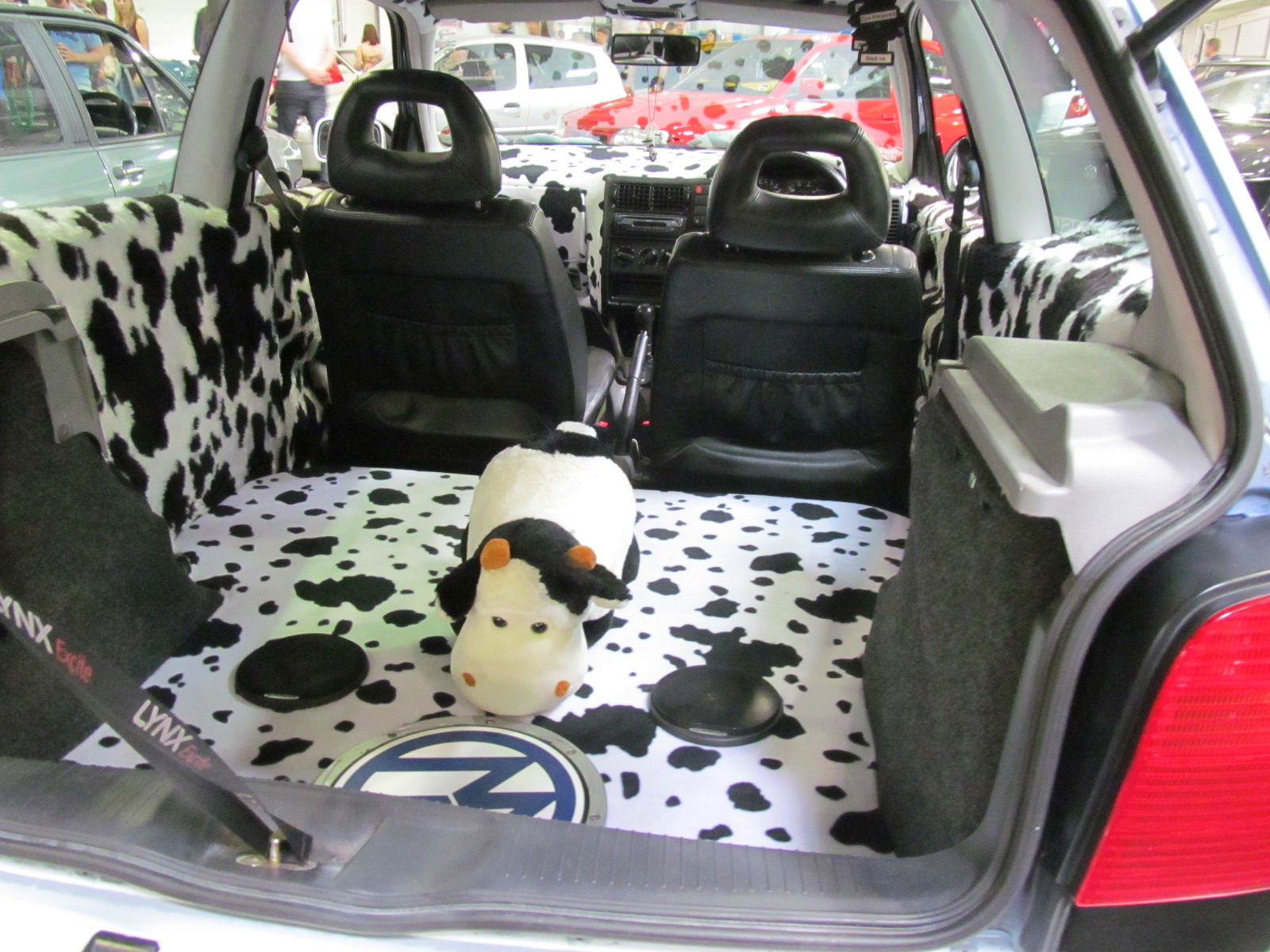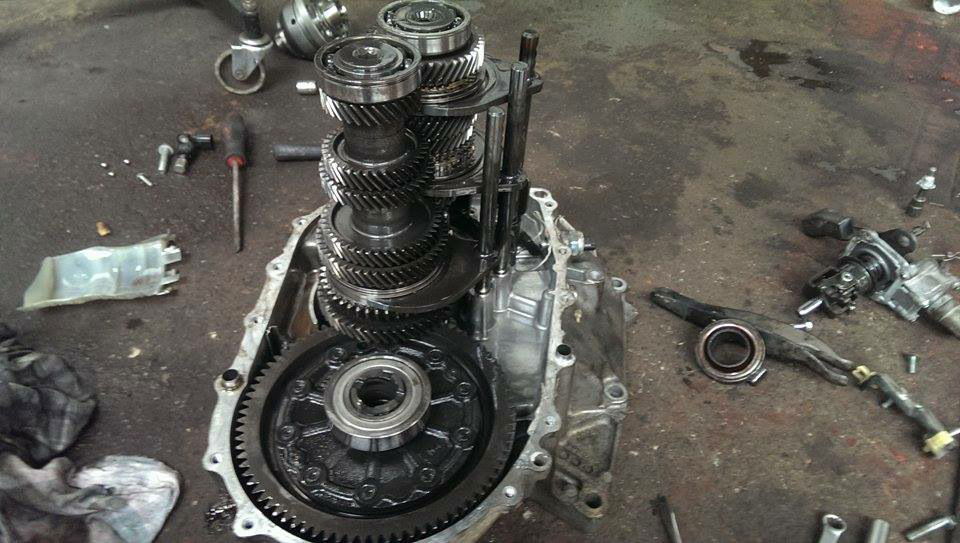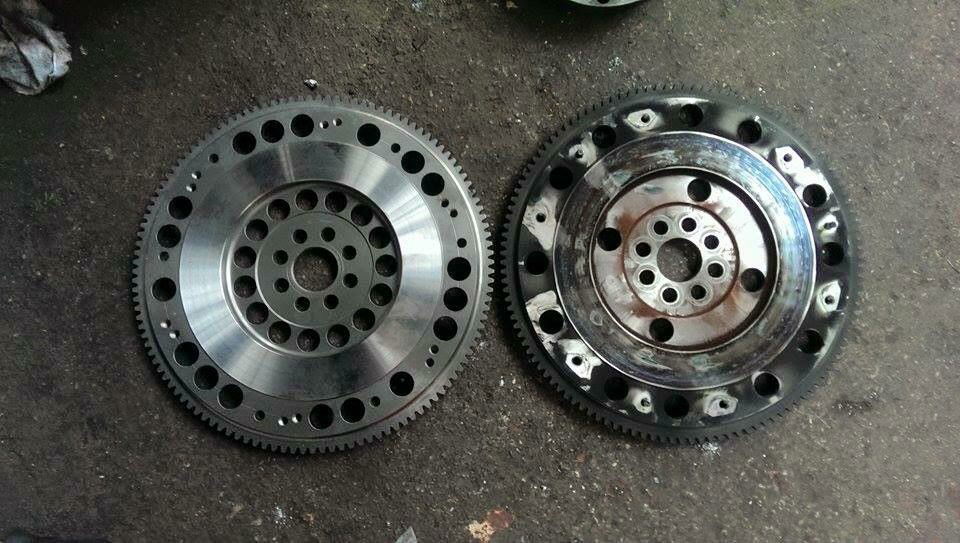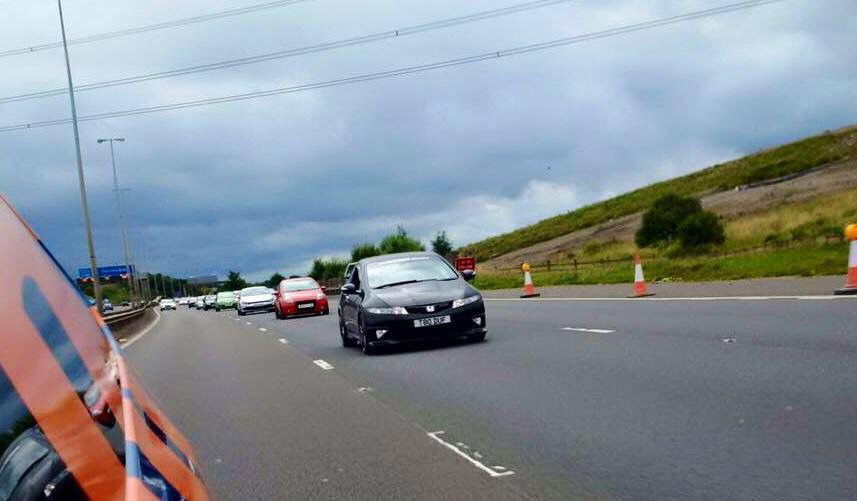Reflections part 1: A passion for cars
That's me in the picture below. As proud as punch at a car show in Glasgow with my UK version Honda civic type R. Surrounded by like minded car enthusiasts checking out each others rides and chatting everything horsepower.

Boy racers right? Well I'd say the split was about 50:50 actually, some of the most fiercely modified cars i've seen have been owned by ladies. Racing at car shows is treated with disgust. There is a motto that if you want to race you go to a track, anyone breaking this unwritten rule was named and shamed- banned from future events. There will always be idiots that lower the tone but that's not unique to car clubs is it?
The fun is in the creation. Taking a normal car and adding your own touches to it. Some go for the cosmetic transformation. You like cows? well go for it.

Some go for performance. A car engine is a big air pump. It sucks air in, squeezes it into tiny spaces, adds some fuel, a spark and then blows the exhaust gas out the back. The more squished air you can gather in, the more fuel you can add and the bigger the bang. The bang turns chemical energy into kinetic energy and turns your wheels via clever gearing that multiples the force (torque) produced by the bang. So when folk are talking about how powerful their car is they are really saying "I've got a bigger air pump than you". Not as cool now.
Modern cars are easy to tune up. Most have turbochargers that force air into the engine by harnessing the force of exhaust gases to spin a turbine. The turbine draws air in and increases the efficiency of the engine. They are also heavily reliant on computer systems. These can be hacked into fairly easily and the settings for fuel, timing and air intake messed with to produce more power.
There is a modern trend for young folk to buy a Golf R, Audi S3 or similar turbo driven cars. These can be obtained on credit more easily than ever. Take a car like this to one of the many generic tuning companies across the UK and you can have a 350BHP monster within a few hours. These cars also have semi-automatic gearboxes that change gear faster than any human ever could. The result is a very fast car in a straight line. Put your foot down and overtake just about anything on the road. Supercars in the 80-90's would be left for dead by these hot hatchbacks. It's all a bit dull to me though.
I have driven very fast modern cars. They do most of the driving for you and are a sure fire way to end up with blue lights in your rear view mirror. They are often very comfortable and quiet. There are very few sensory stimuli to alert you of your speed apart from a digital speedometer and maybe a bleep that is drowned out by the stadium quality stereos present in modern cars.
You will find most attention at car shows is lavished on the older model cars. This is because they have more soul and modification involves getting your hands dirty. This is the gear box from one of my Hondas that I fitted a new set of gears to. This sort of work is a dying trade. The trend is for people to just get a new car when something "big" goes wrong.

How many people reading this can change their own oil, change a tyre, change a spark plug or an air filter? Automechanic basics have become something scary that we take our cars to a garage to get fixed-and isn't it expensive?
I learned to work on cars from two excellent mechanics. One had worked on old Jaguars while the other was a mechanic with Cosworth racing team. What started as intrigue became a huge part of my life. I went through a period where I wanted to become an engine builder and looked at how this could be achieved. Sadly this is also a dying art form outside of motorsport racing circles. It is still popular in the USA and Japan but in the UK it is fading into the past due to mass production abroad.
I love working on cars. Understanding how the changes you are making could affect the way the car behaves is the secret. You can't just swap things out and hope for the best. Every change you make will have both a direct and downstream effect on the performance. I decided to bolt on a supercharger to my UK Honda civic (pictured below)

This forces air into the engine using the belt system of the engine. It isn't as efficient as a turbocharger but produces instant engine response and allows the engine to run safely at very high revolutions. This doubled the power output of the car. Sounds great right. Not so fast there champ.
Go to any track day and you will see folk driving off track after a few laps. They go straight on at corners and end up in the gravel (known as kitty litter). The two most important parts of your car are the tyres and the brakes. There is no point increasing the speed of that big metal box if you cannot stop it quicker. Standard bake pads can't cope with the heat generated on a track day, the brake fluid will evaporate and it's hello kitty litter or worse. I will always upgrade my brake pads, fluids and tyres even on a standard car.
Just this week I had to perform an emergency stop travelling at around 20mph. The car stopped so hard it knocked the air out my chest. The little girl who had cycled out into the road walked away. Who knows what would have happened if I had worn tyres or substandard brakes. Never buy cheap tyres, please I am pleading with you. Go for a trusted brand. I always use Bridgestone or Michelins. They are the only part of your car in contact with the road remember.
Other downstream effects of modifying a car for performance include:
Torching your flywheel and burning your clutch to shreds. These parts need upgraded if you add more power. Yes this is my doing below. That colouring on the right was the result of driving on track for 30 minutes!

Blowing up your engine by turning the turbo boost up too high. Standard piston are cast from two or more pieces of metal so they have inherent weaknesses. Replacing them with forged pistons that are made from a single block of aluminium can reduce this risk (also known as grenading). Again my handy work below. The result of running poor quality fuel in a highly tuned turbo car. That sparkly glitter is all that remains of the piston.

Upsetting yes but then if you have the resources to rebuild it over time it becomes part of the learning process. I've not blown another engine as I learned the hard way. Below iscountle the final version of my first project car (note the huge brakes folks). I have made the mistake that many petrol heads have done over the years and moved onto a new project by selling their pride and joy.

When I was growing up I spent countless days in car showrooms. My dad had more cars than anyone I know. We had every version Fiat ever produced-Pandas, Unos, Tipos, Cromas..... My brother and I have tried to tally the cars dad owned, it runs well over 40. My brother had the petrolhead bug a for a while also. He even ventured into the hardcore motorcycle scene- I've never had the guts to do that. He owned one of the most beautiful cars i've ever had the pleasure to drive- the Jaguar XKR. Nowadays he drives much more sensible cars but I reckon that burning for something more exotic still burns underneath. I don't think I help.
I have always found working on cars calming. Well there are some swearing episodes and sore backs but on the whole I could lose days in a garage. Could I do it full time? Probably not. I do it for my own enjoyment, if I was under time pressure or had the responsibility for others safety it would take on a different context.
I have had the privilege to own a Subaru and a Jaguar over the past few years. Big, safe cars that were easy to drive albeit rather thirsty for petrol. I never really modified them apart from an exhaust on both. I buried my head in my work and there were maybe promising signs in the eyes of those close to me that I was "growing out of the car phase". Not a chance.
I have always enjoyed Japanese cars from the 90's and early 2000's. This breed of car was all about driving experience. They came out the factory with top of range brakes and tyres. They were light and had engines that made power by revving very high as opposed to the modern turbo charged point and shoot machines.
Honda produced a range of cars under the badge name Type R. Everyone of these Japanese only cars had every bit of racing technology and known how amassed in formula one poured into their DNA. Ayrton Senna was involved in the design of one of these models. They were uncompromising. No extra weight- you get a radio (optional) and some heating. The body was reinforced and lightened. The suspension was rock hard and lowered to increase road handling and stability. The most impressive thing about these cars was their ability to go round corners and stop fast. The engines rev to 9000rpm and are some of the finest ever produced. The UK and other countries got watered down versions of these cars, the best were reserved for the Japanese domestic market.
On track they would outperform cars twice their price tag and you could drive them on the street with no issues. The aftermarket parts available for these cars remains one of the biggest worldwide. If something breaks then your won't struggle to find a replacement part. They don't break very often though with many Type R engines still going strong over 200,000miles.

Last year I took the plunge and imported a Japanese only Honda civic type R. White with white wheels. I was expecting something special but I was blown away. Honda poured their heart and soul into this car. Nothing is done by chance. They even managed to make it a four door and quite understated. It may not be luxurious or particularly special to look at but I don't think there is a car produced today that could rival it for pure driving pleasure and engagement. I've have made some minor modifications to it but in all honesty it is as close to perfect as I can imagine. It's unlikely I am going to be able to improve the work that Honda did in 2006. It makes me rather sad that this type of car will never be produced again. Cars are bigger, heavier and all about straight line performance these days. I feel very lucky to be one of a handful of people in the UK who can drive one of these historical cars on a daily basis.
So there you are. I am car daft. Many find it a weird interest. I reckon that is because they will never get the opportunity to tinker, it's the times we live in. I do hope some of you get the chance to drive a car like the one above on a track or B-road someday- if you do maybe you will think of a certain petrolhead doctor who is likely elbow deep in some engine bay on his days off.

Heading to knockhill with Renfrewshire modified- leading the line.

The "Car park in the sky" club
